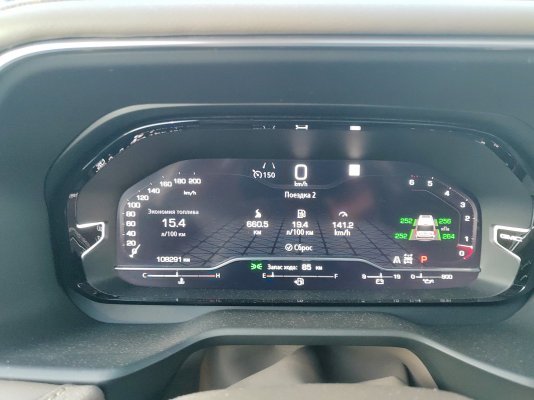Extreme fuel dilution in the engine oil. Best to start the engine, and drive withing 30 seconds or so depending on the ambient temperature. Clearly a bigger problem in the Winter when the temps are cold.
Some may choose to remote start the engine and allow it to warm up in the Winter for 15 minutes or so before getting in the vehicle. This is bad because the engine and engine oil actually take longer to warm up when not under a load.
The same can also occur in the Summer to allow the cabin to cool down, however, not at big of a problem compared to during the Winter.
Overall fuel contaminated engine oil can cause accelerated engine wear, quicker oil break down, increased oil consumption and set up the conditions for Low Speed Pre Ignition (LSPI). All things that can reduce the overall engine life and even in some cases cause catastrophic engine damage.
This testing was performed on a Diesel engine, but overall it is not much different than with a gasoline engine -
A few other useful videos that explain in more detail
Some may choose to remote start the engine and allow it to warm up in the Winter for 15 minutes or so before getting in the vehicle. This is bad because the engine and engine oil actually take longer to warm up when not under a load.
The same can also occur in the Summer to allow the cabin to cool down, however, not at big of a problem compared to during the Winter.
Overall fuel contaminated engine oil can cause accelerated engine wear, quicker oil break down, increased oil consumption and set up the conditions for Low Speed Pre Ignition (LSPI). All things that can reduce the overall engine life and even in some cases cause catastrophic engine damage.
This testing was performed on a Diesel engine, but overall it is not much different than with a gasoline engine -
A few other useful videos that explain in more detail



